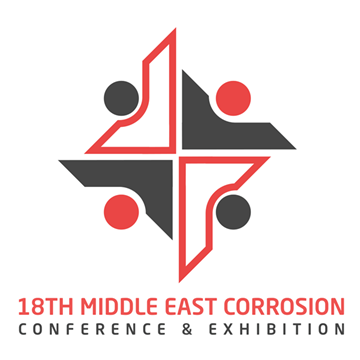Search
Online Conference Paper
View as
Sort by
Display
per page
Digitalization of the Energy Sector Through Transformative and Emerging Technologies
Product Number:
MPWT19-15486
Publication Date:
2019
$0.00
Digitalization: Why It Matters [To AMPP Members] And How To Realize The Benefits
Product Number:
51322-17656-SG
Publication Date:
2022
$20.00
Digitalized Corrosion Control Documents for Enhanced Refinery Mechanical Integrity and Reliability
Product Number:
MECC23-20026-SG
Publication Date:
2023
$20.00
Direct Comparison of the ASTM G48 and ASTM A923 Ferric Chloride Corrosion Test Methods for the Detection of Deleterious Phases in Duplex Stainless Steels
Product Number:
51323-18874-SG
Publication Date:
2023
$20.00
Discussion On AC Corrosion Mechanism And Risk Assessment For Cathodically Protected Pipelines
Product Number:
51321-16978-SG
Publication Date:
2021
$20.00
Discussion On Long Range Ordering Of Ni-Based Alloys Used In BWR Environment
Product Number:
ED22-18533-SG
Publication Date:
2022
$20.00
Dissimilar Tube-to-Tube Sheet Welding Challenges - A Case Study
Product Number:
51324-21022-SG
Publication Date:
2024
$40.00
Distribution of Corrosion Attacks in Sour Pipelines – A Parametric Study
Product Number:
51323-18981-SG
Publication Date:
2023
$20.00
Domain Diagrams for the Sulfide Stress Cracking Resistance of High Strength Low Alloy steel 41xx Bar Stocks
Product Number:
51320-14590-SG
Publication Date:
2020
$20.00
Do's and Don'ts of Greenfield Pressure Systems Integrity Program Development
Product Number:
51324-20861-SG
Publication Date:
2024
$40.00
Double-Loop Electrochemical Potentiokinetic Reactivation Test For Precipitation Hardened Nickel Alloy UNS N07725
Product Number:
51321-16793-SG
Publication Date:
2021
$20.00
Downhole Scale Removal in High Temperature Sour Gas Wells
Product Number:
51324-20834-SG
Publication Date:
2024
$40.00


![Digitalization: Why It Matters [To AMPP Members] And How To Realize The Benefits Digitalization: Why It Matters [To AMPP Members] And How To Realize The Benefits](https://nacestoreimages.blob.core.windows.net/images-thumbs/0089300_digitalization-why-it-matters-to-ampp-members-and-how-to-realize-the-benefits_360.png)









